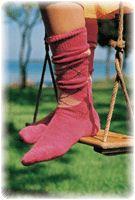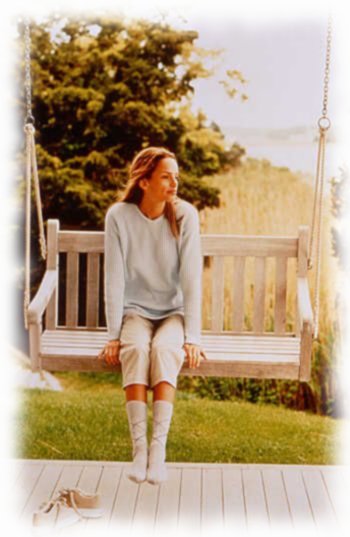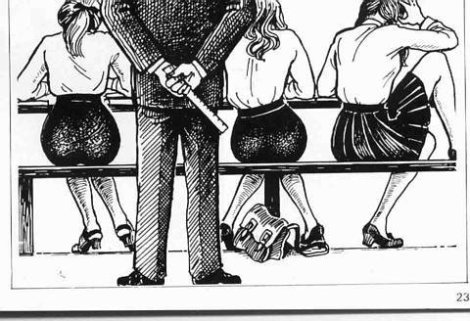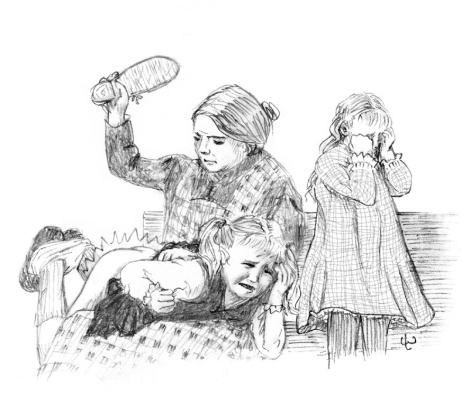The ruler is a symbol of school discipline in many countries. It is also the first of the implements I am discussing here that is more commonly used on the hands of the culprit thatn on the bottom.
“Stefanie, stand up and hold out your hand”
That short sentence, uttered in french, is part of my own small experience with school corporal punishment. It would be followed by a near total silence in the classroom, my answer “Yes, Miss” in a low voice. And then a number of smacks, wood on a girls palm, and a few gasps after the strokes. “Sit down, let that be a lesson for you.”
I have talked to a lot of people from a variety of mostly european countries, and many of them have experienced something along these lines. The ruler, it seems, was a common implement for quick classroom punishments, mainly used on the pupils hands.
Applied there, the ruler does sting. Not like a hand caning does, but enough to get a point across. Also, the procedure of receiving ones punishment directly in front of your classmates adds up to its effectiveness.
It is interesting that there seem to be a few different traditions of ruler-on-the hands-discipline. Most people I talked with got it on their palms, like I did. But there were also those who remembered getting it over the back of their hands or even their knuckles and fingers.
In traditional school punishment, mostly wooden rulers were used. Plastic rulers produce a quite different, more intense sting, as they are more flexible. They, however, tend to break quite easily, which makes them ill-suited for more than light discipline, in my opinion.
The ruler, of course, also has been used by mothers and fathers on their unruly offspring. And while it has seen use on the hands in families, its main area of usage here was (and probably is) the bottom. A thorough dose of the ruler can be quite painful, though it would never be as effective as a slipper or spoon. A ruler is lightweight, so it does not bruise, it only stings. The only thing that can happen is that the sides of the ruler bite into the skin, which will leave nasty marks.
Overall, rulers seem to be a good tool for lighter forms of discipline, both at home and at schools. If corporal punishment were to return in european countries, I’d hope to see it in use there.
10 Responses »
 I have not been active on the internet for quite some time. Still, it seems, my thoughts and even more my stories are still quite popular. That is the reason for this Website, which features my personal blog entries (including those from my now defunct Yahoo360 site). With the help of a trusted friend, Miss Veronica Fletcher, i was able to put up a story blog as well. All my old stories can be found there, and new ones may well appear.
I have not been active on the internet for quite some time. Still, it seems, my thoughts and even more my stories are still quite popular. That is the reason for this Website, which features my personal blog entries (including those from my now defunct Yahoo360 site). With the help of a trusted friend, Miss Veronica Fletcher, i was able to put up a story blog as well. All my old stories can be found there, and new ones may well appear.







